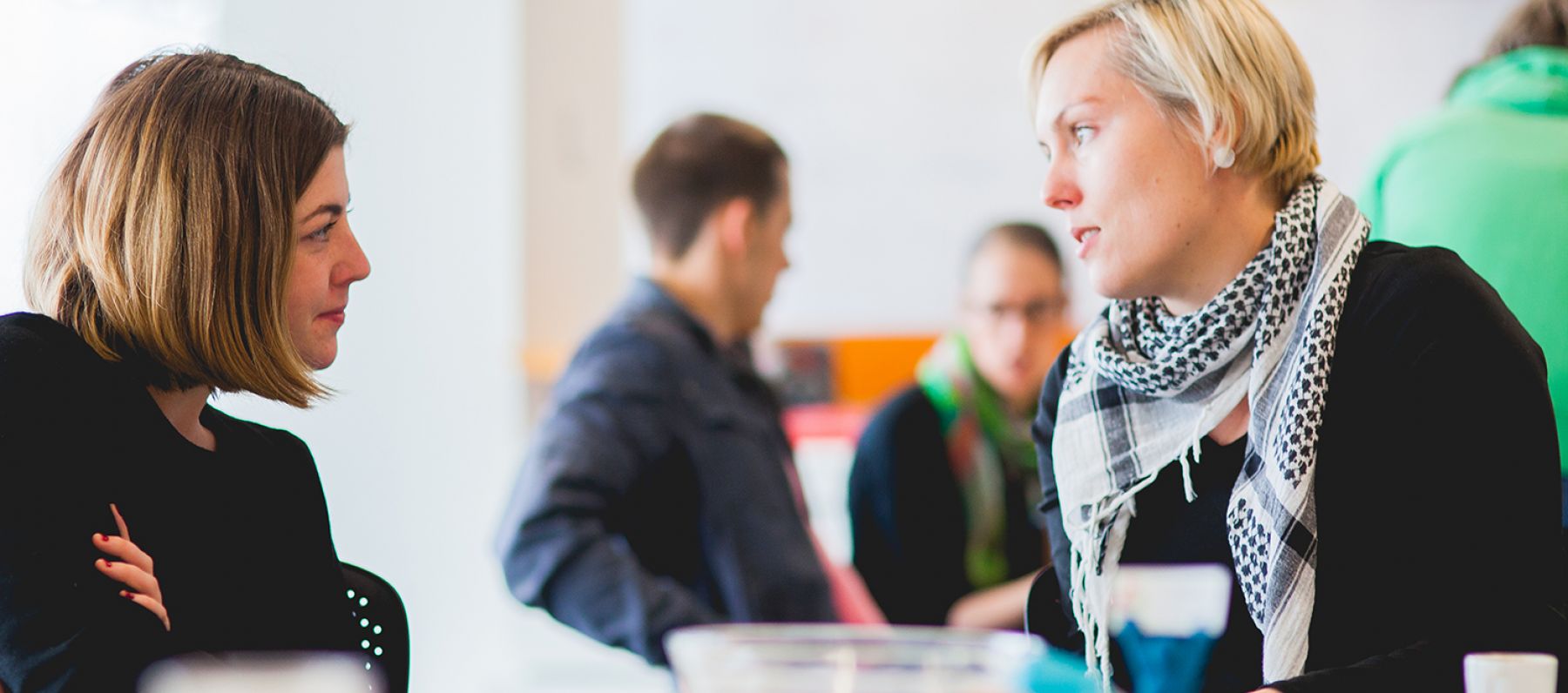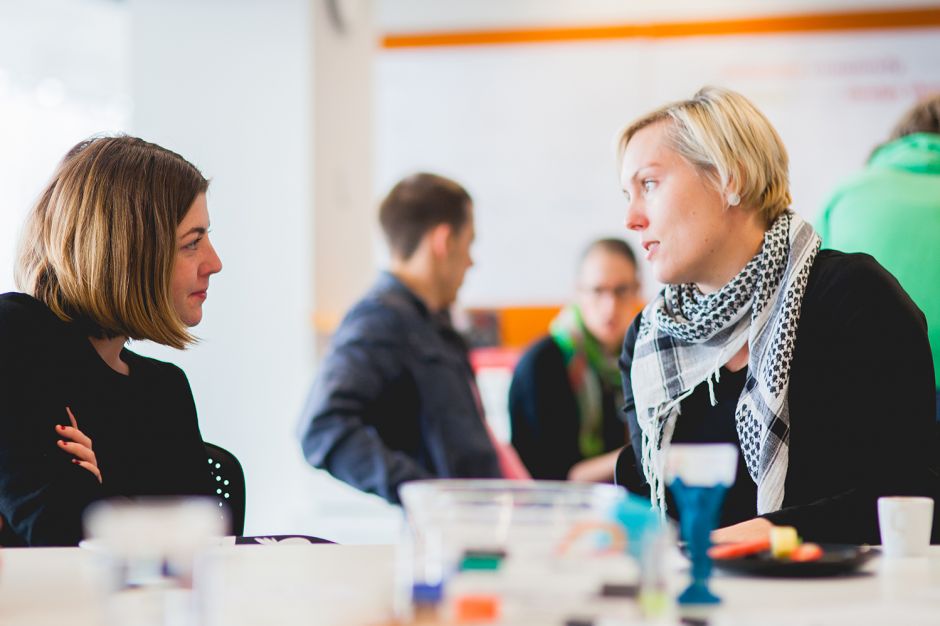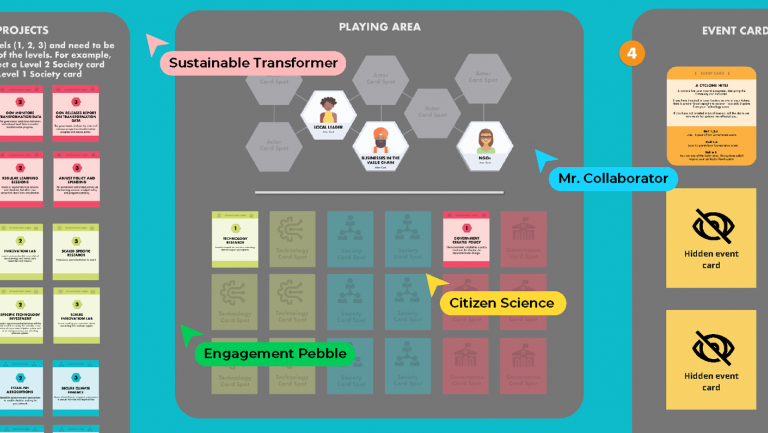Sign up for our monthly newsletter

Part 3: So you want to build a team of designers to drive innovation?
How to find the design mindset
In Part 2, I defined the design mindset. Therefore as leaders we seek to turn this mindset ‘on’ in our organisations. The simplistic strategy is to start a recruitment drive, and usually target external marketplace and hope for the best you find some amazing people. This strategy is okay, but not enough because of three factors:
- There is no cultural norm/place for these people, so there is a void of local advocates within the organisation, and therefore the local or the internal staff need to be a primary strategy for sourcing and recruiting, as well as hiring externals.
- There is a temptation to create a ‘team’ that can cater for all the needs of the organisation, provide value almost immediately and also be capable of delivering the value add of the design mindset. It takes time for a good design and innovation capability to take effect. The 10,000 hours of mastery rule, written about Malcolm Gladwell is a good rule of thumb. And this means that the patience for deliberate practice is needed for designing to be effective.
- Only need external help until we have a team in place. This notion is weak and flawed because the idea of a team becoming right to operate on its own, without externals is essentially advocating a ‘closed system’ which is not how innovation itself works. A ‘team’ entirely resourced internally will never work because innovation needs a ‘system’ of people and ideas to thrive within. The best design capabilities do draw on a core team, or distributed teams within organisations, and have a broader network of external designers and experts to constantly provide the provocation and new perspective necessary for innovative thought to drive solutions.
Therefore three strategies that work to find the design mindset include:
- Work with a trusted design firm and seek out internal talent, being open to potential. The design mindset may well be sitting in the governance role, a technical role, or even a operational role. Seek out interest from within the organisation and then assess them in real setting of the work: get them to run a workshop, ask them to review raw research data and conclude insights, ask them to talk to a senior person and convince that to take a design approach. Be mindful that they will be prospective designers, and therefore look for potential not absolute skill and ability. Screen them on the attitude of a designer.
- Build a network of experienced designers and experts external to your organisation. Innovation occurs at the abrasion of many and different views and perspectives, therefore it is essential that as a leader setting up design capability, you build networks of people from many disciplines, outside the organisation to tap. This will ensure you can bring in experts to build the capability within the organisation and also provide an independent and constant challenge to internal logics when driving change and seeking innovative solutions. Don't settle for most obvious - yes get the experienced design firms, but also seek out different type son think tanks, enterprising people, people or teams who excel in their field e.g. literature, arts, sports, academia etc
- Identify the senior leaders who hold the design mind set and put them in charge. This step is essential, and the selection leaders need to be a wise selection by the organisations executive, wise in terms of identifying someone who has a track record of delivering, holds good relationships across the organisation, has a strong affinity toward change and making things better. These leaders also demonstrate a strong desire ‘to do the work’ i.e. they are keen to engage with the users, they are confident to facilitate and engage diverse groups of people, and they are willing to create a new culture through action and demonstration. The organisational ability to grow the design mindset will come from these senior leaders.
Services:
Share







